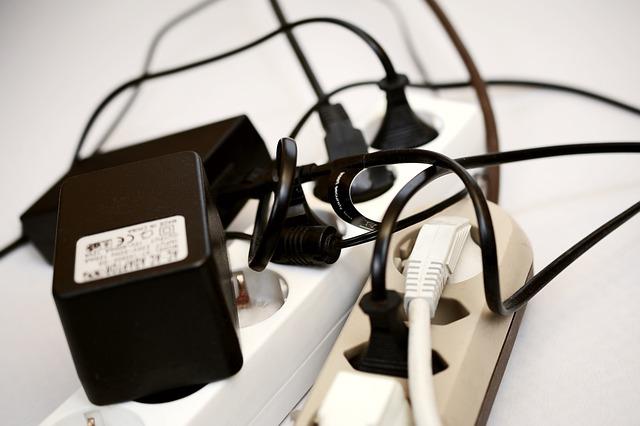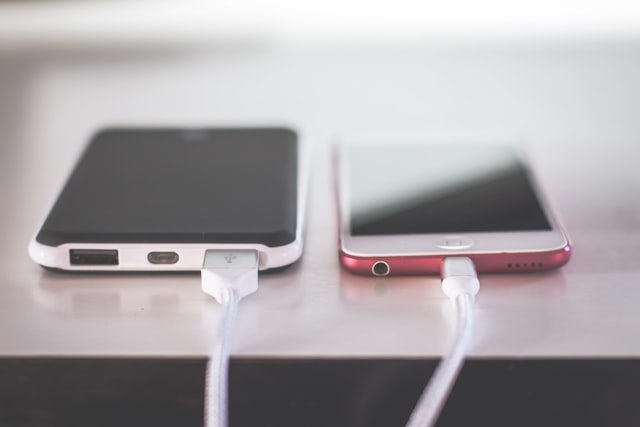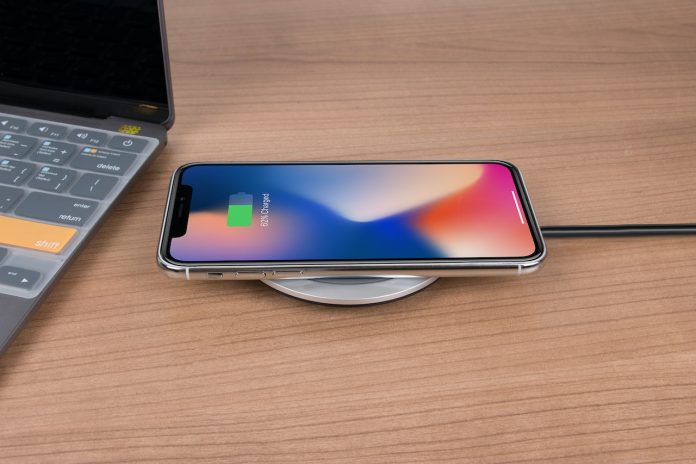Wireless charging technology appeared a long time ago, but it never became mass. Despite the undeniable convenience, hardly one-fourth of modern smartphones are equipped with wireless charging.
Wireless charging, like the model from Qivation Company, is a panel that transmits energy to the gadget that lies on it. The device itself can be powered from the mains. There are also models that work as an integrated battery, which allows you to use the device without being tied to an electricity source.
The advantages of wireless charging are obvious:
- No need to look for an ever-lost cable every time you need to recharge your device.
- Charging is much more convenient: you just need to put your smartphone on the charger. No need to crawl the connector on the case, trying to insert it, for example, while driving a car.
- No need to mess with the plug of the charging connector and select the correct position of the plug.

Image by congerdesign from Pixabay - Wireless charging will not break if you pull off a charging phone from it. While, a wired charging connector both on the wire and on the smartphone itself is easily damaged by careless handling.
- Wireless charging reduces the number of holes through which water can get into the phone case.
There are also some disadvantages of wireless charging that stem from the design of wireless charging, and it is not yet possible to completely eliminate them.
- A phone that is on wireless charging is difficult to use. You can’t pick it up and twist it.
- Cases and decorations on the smartphone case can worsen charging or make it impossible at all.
- The wireless charging speed is much lower than when using wire and fast charging standards.
Manufacturers try to remove disadvantages of wireless charging in various ways. For example, powerful wireless storage devices exist, but they are expensive, incompatible with the generally accepted Qi standard and can only be used in pairs with a “native” device.

Wireless charging is convenient, but some of its shortcomings cannot be eliminated yet. Wireless chargers have low power and charge a smartphone longer than a wired charger. Do not use cheap wireless chargers, as they are unsafe and reduce battery life. Choose wireless charging according to the ratio of price and quality, you already have an example to do this.




















